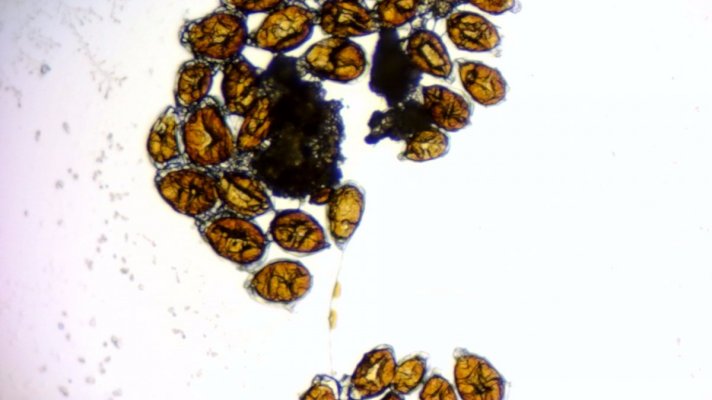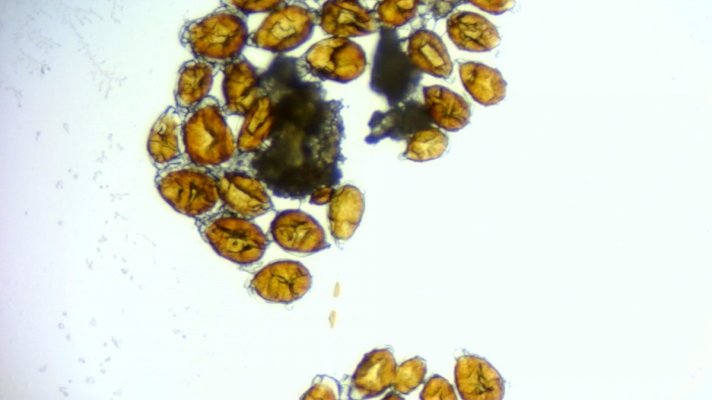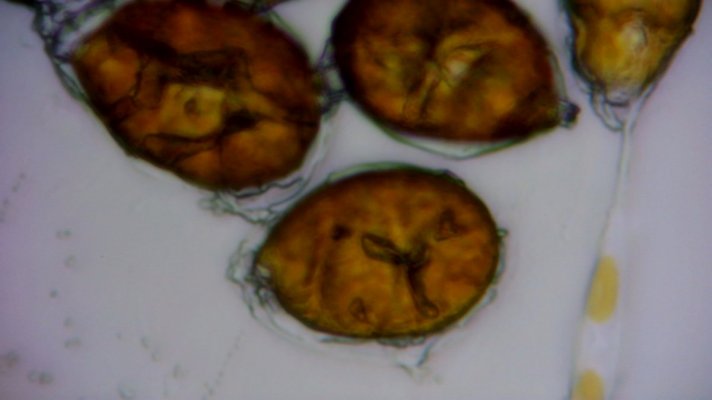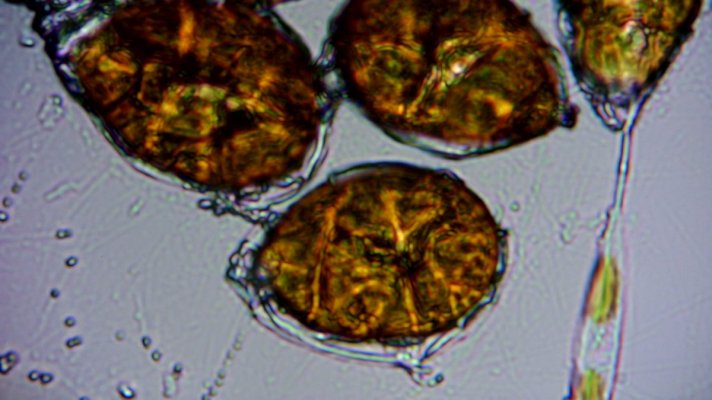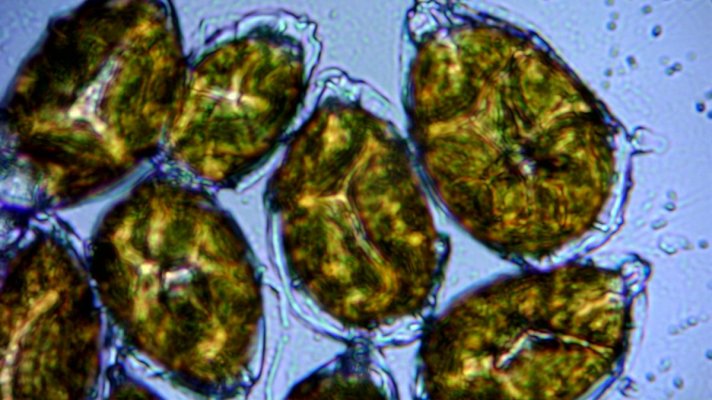Navigation
Install the app
How to install the app on iOS
Follow along with the video below to see how to install our site as a web app on your home screen.
Note: This feature may not be available in some browsers.
More options
You are using an out of date browser. It may not display this or other websites correctly.
You should upgrade or use an alternative browser.
You should upgrade or use an alternative browser.
Which type of dino is this (microscope pictures)
- Thread starter Kobooi
- Start date
- Tagged users None
vetteguy53081
Well known Member and monster tank lover
View Badges
Partner Member 2024
Excellence Award
Reef Tank 365
RGB
Article Contributor
Tampa Bay Reef Keepers
West Palm Beach Reefer
Hospitality Award
Ocala Reef Club Member
305 Reef Club
Wisco Reefers
Midwest Reefer
Fish Medic
MAC of SW Florida
Rock Pool Reef Keepers
R2R Secret Santa 2023
My Tank Thread
My Aquarium Showcase
Looks like osteoporosis
First- Check phosphates and nitrates to assure theyre not elevated.
Here is full program:
Prepare by starting with a water change and blow this stuff loose with a turkey baster and siphon up loose particles.
Turn lights off (at least white and run blue at 10-15%) for 5 days and at night dose 1ml of hydrogen peroxide per 10 gallons for all 5 nights. If you dont have light dependent coral- turn all lights off.
During the day dose 1ml of liquid bacteria (such as bacter 7) per 10 gallons.
Clean filters daily and DO NOT FEED CORAL FOODS OR ADD NOPOX as it is food for dinos.
Day 5,, you can start with blue lights - ramping up and work your white lights up slowly
First- Check phosphates and nitrates to assure theyre not elevated.
Here is full program:
Prepare by starting with a water change and blow this stuff loose with a turkey baster and siphon up loose particles.
Turn lights off (at least white and run blue at 10-15%) for 5 days and at night dose 1ml of hydrogen peroxide per 10 gallons for all 5 nights. If you dont have light dependent coral- turn all lights off.
During the day dose 1ml of liquid bacteria (such as bacter 7) per 10 gallons.
Clean filters daily and DO NOT FEED CORAL FOODS OR ADD NOPOX as it is food for dinos.
Day 5,, you can start with blue lights - ramping up and work your white lights up slowly
Update
It got worse over the next 2 days turning down the lights and no UV steriziler. Tank looked like a horror tank, only some blue light and sand and rocks covered by dinos. Yesterday noon I got the UV sterilizer, a Deltec T5 20W to which I connected a Eheim compactOn 1.000 ltrs/hr. The actual throughput I measure is 600 ltrs/hr. I pump from and to the DT (300 ltrs) for now, so I have a turnover rate of 2 x per hour, and at this rate the intensity of UV radiation is 55.000 uW/sec/cm2 according to the manual.
The difference in just 24 hours is astonishing, so much even that 24 hours after starting the UV I turned my lights back to normal. Now, 5 hours after turning my lights back up, there is still no sign of dinos. I'm going to run the UV in the DT for another 24 hours, then move it to the sump, where I will run another week or so at 24 hrs/day and then reduce to 8 hrs/day or so.
From now on, for me a UV sterilizer is a vital piece of equipment in a reef tank.
It got worse over the next 2 days turning down the lights and no UV steriziler. Tank looked like a horror tank, only some blue light and sand and rocks covered by dinos. Yesterday noon I got the UV sterilizer, a Deltec T5 20W to which I connected a Eheim compactOn 1.000 ltrs/hr. The actual throughput I measure is 600 ltrs/hr. I pump from and to the DT (300 ltrs) for now, so I have a turnover rate of 2 x per hour, and at this rate the intensity of UV radiation is 55.000 uW/sec/cm2 according to the manual.
The difference in just 24 hours is astonishing, so much even that 24 hours after starting the UV I turned my lights back to normal. Now, 5 hours after turning my lights back up, there is still no sign of dinos. I'm going to run the UV in the DT for another 24 hours, then move it to the sump, where I will run another week or so at 24 hrs/day and then reduce to 8 hrs/day or so.
From now on, for me a UV sterilizer is a vital piece of equipment in a reef tank.
Got anymore updates for us?Update
It got worse over the next 2 days turning down the lights and no UV steriziler. Tank looked like a horror tank, only some blue light and sand and rocks covered by dinos. Yesterday noon I got the UV sterilizer, a Deltec T5 20W to which I connected a Eheim compactOn 1.000 ltrs/hr. The actual throughput I measure is 600 ltrs/hr. I pump from and to the DT (300 ltrs) for now, so I have a turnover rate of 2 x per hour, and at this rate the intensity of UV radiation is 55.000 uW/sec/cm2 according to the manual.
The difference in just 24 hours is astonishing, so much even that 24 hours after starting the UV I turned my lights back to normal. Now, 5 hours after turning my lights back up, there is still no sign of dinos. I'm going to run the UV in the DT for another 24 hours, then move it to the sump, where I will run another week or so at 24 hrs/day and then reduce to 8 hrs/day or so.
From now on, for me a UV sterilizer is a vital piece of equipment in a reef tank.
I moved the UV sterilizer from the DT to the sump yesterday. That took approx 2 hours, while lights on, and during that time dinos started to appear again on the sand. When finally finished, I feared I would need to move it back to the DT.Got anymore updates for us?
- Joined
- May 3, 2020
- Messages
- 855
- Reaction score
- 707
Even the word Dinos freaks me out lol glad it worked out for ya
Update on my situation. The Deltec T5 20W UV at 2x turnover (600 l/hour) in the DT and then moved to the sump kept the ostreopsis at bay, but didn't make them completely gone - in the afternoon brown patches in the sand would appear, also showing some small strings. As I had a 2nd UV sterilizer at hand (an Aqua Medic Helix 2.0 18W) I added this one to the DT, with the same turnover rate. For a couple of days the situation remained the same though. I then decreased the turnover on both sterilizers to 1x (300 l/hour). This showed a significant improvement. So, at least in my case, it proves that UV flow is definitely a main factor. At 300 l/hour the Deltec has a radiation intensity of 110.000 uW/sec/cm2. I would estimate the Aqua Medic to be in the same ballpark.
Similar threads
- Replies
- 15
- Views
- 644
- Replies
- 19
- Views
- 482
- Replies
- 4
- Views
- 415
- Replies
- 10
- Views
- 185


